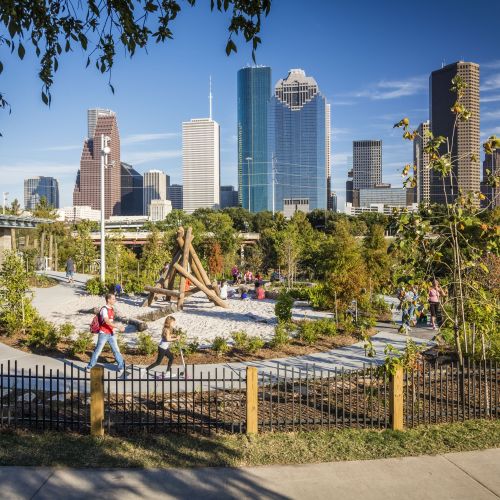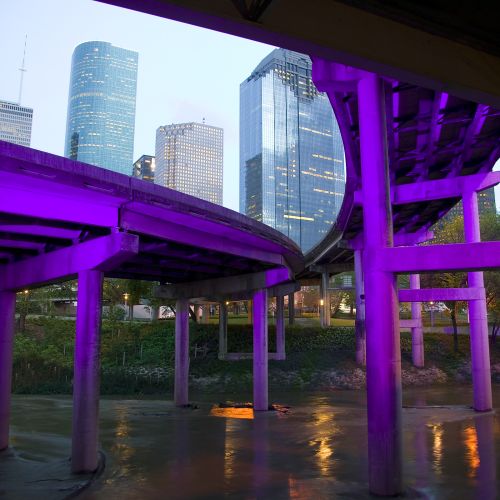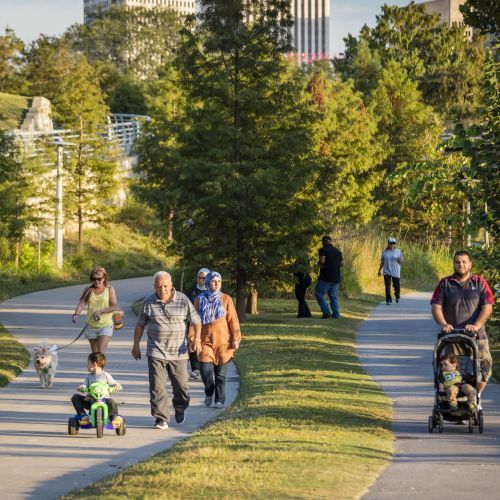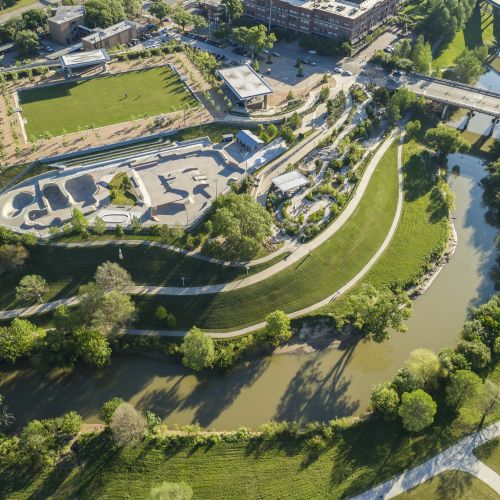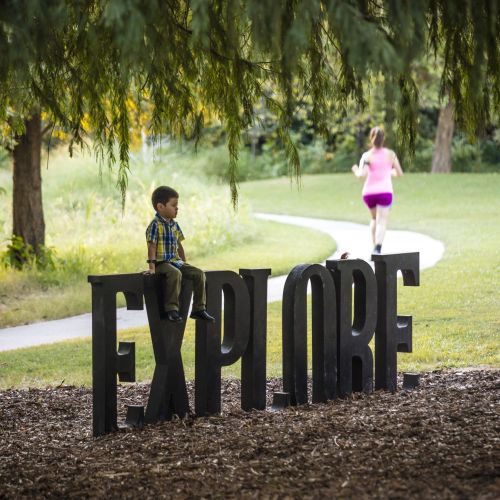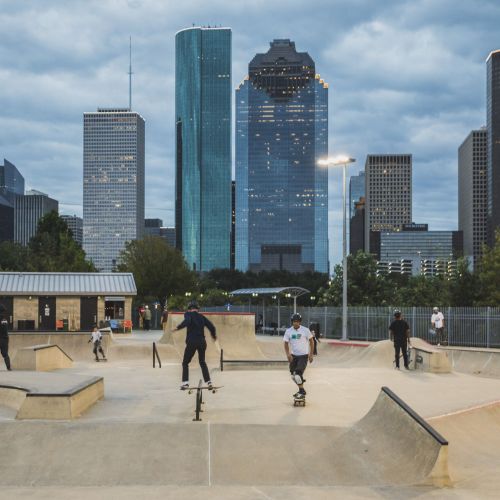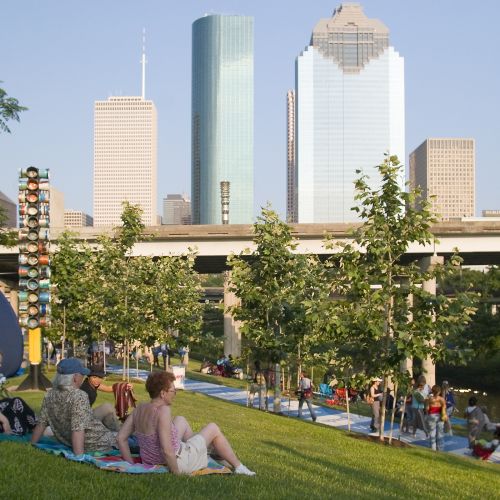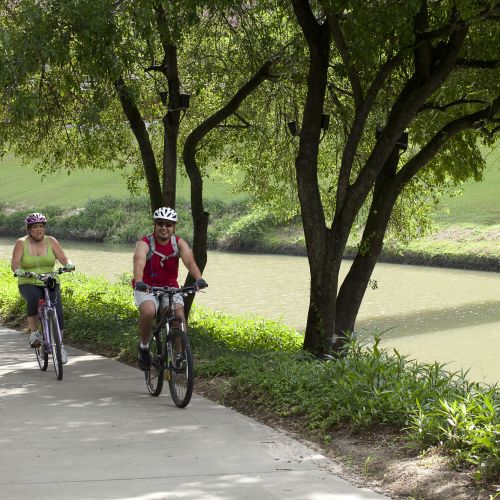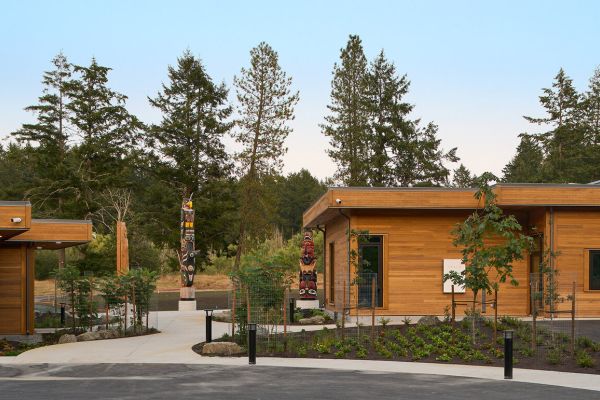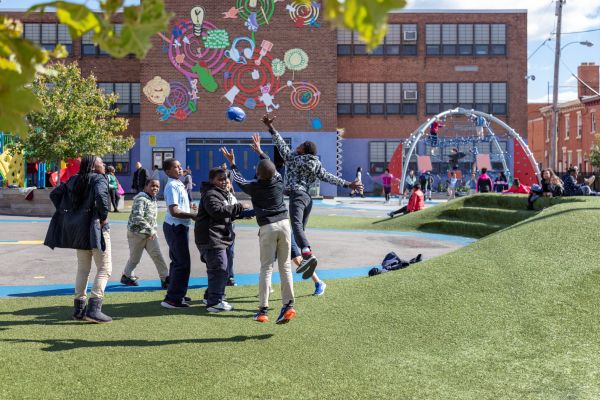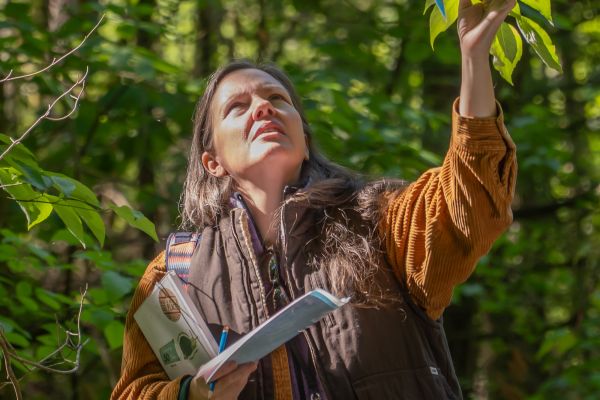About
Buffalo Bayou Promenade transformed a marginalized, trash-strewn area beneath a busy freeway into a safe, welcoming urban park and recreation space for Houston residents and visitors. The 23-acre landmark project, one of the City of Houston’s largest-ever investments in parkland, features gently sloping banks, extensive native landscaping, hiking and biking trails, public art, interpretative signage, and a new pedestrian bridge. The project also improved flood control capacity.
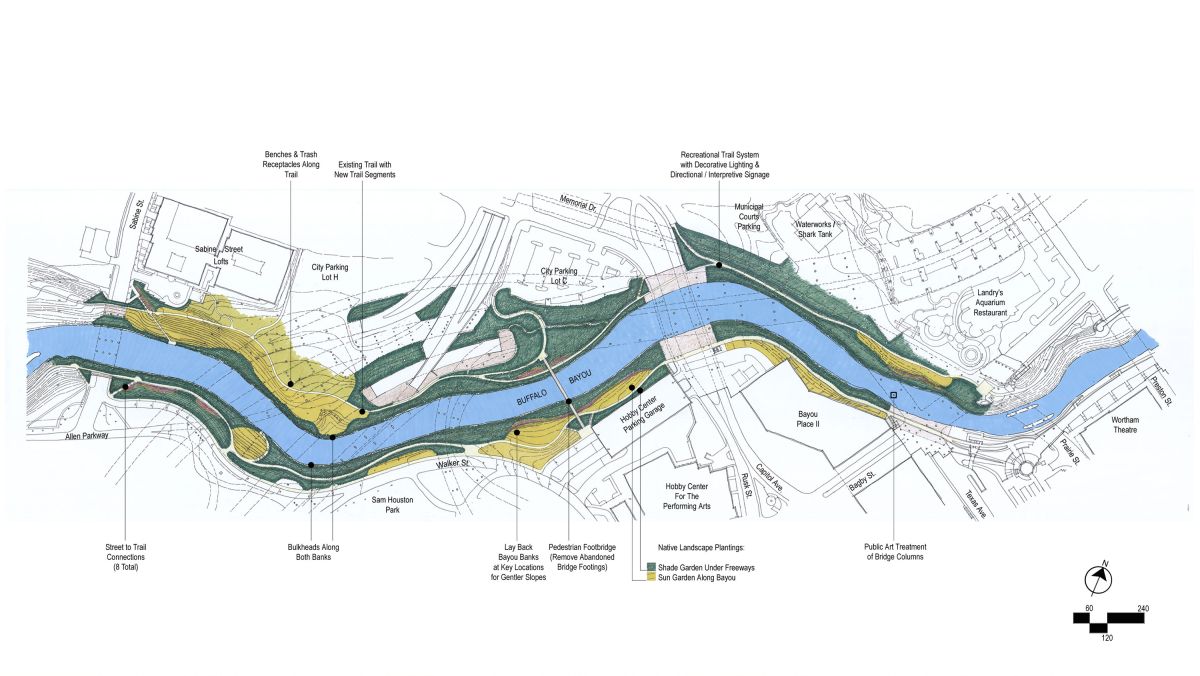
The site plan for the Buffalo Bayou Promenade shows the many features built into the park.
Project Details
Description
Now an inviting, pedestrian-friendly urban park beneath a busy highway in Houston, Texas, the Buffalo Bayou Promenade was previously an unused riverside area perceived as unsafe by city residents. Because freeways and bridges cover about 40% of the promenade, the design team selected plant species that can grow in deep shade. Native and naturalized riparian plantings help control erosion while improving the overall aesthetics of the banks underneath the overpasses.
The park includes 1.4 miles of paved trails and 12 street-to-bayou entryways, as well as interpretative signage that highlights the history of the waterway and the city of Houston. A complex lighting system illuminates the entire promenade, allowing use of the space for evening events, and a new 10-foot-wide pedestrian bridge provides safe access between the parking lots on the north side of the promenade and the theater district. As a result of the deliberate design, lighting, and programming strategies, public perception of the site has shifted. What was once an area perceived as unsafe is now a highly valued amenity.
Project Goals
- Create an urban amenity by converting a previously unused site into an inviting green space for residents and tourists.
- Improve the flood storage capacity of the promenade section of the Buffalo Bayou.
- Use native and naturalized riparian plantings to improve erosion control.
- Connect the park system to the downtown area through 12 new ADA-compliant entries.
- Incorporate extensive lighting to enhance safety and make evening use of the promenade possible.
Social Benefits
- Provides recreational, interpretive, and education opportunities for an estimated 22,500 visitors per year based on 2009 counts, not including everyday users. Activities and events include the KBR Kids Day on Buffalo Bayou and the Regatta boat race that attracts over 500 participants and hundreds more in spectators. 71% of 108 park users surveyed were aware of the arts events in the park, and 68% were aware of other events, such as concerts and sports events.
- Improves the quality of life for 99% of 108 park users surveyed, primarily through increasing their physical activity, providing a place to be outdoors, and reducing mental stress.
- Increases outdoor activity for 88% of the survey respondents, by providing space for cycling, jogging/running, and other activities.
- Creates a feeling of safety and security for 66% of the survey respondents, primarily through the lighting design, visibility, and the planting scheme.
Reprinted from the original LAF LPS case study.
Contact bblatchley@swagroup.com Landscape Architect – SWA Group
Key Contributors
Project Team
Landscape Architecture: SWA Group
Civil Engineering: United Engineers, Inc.
Geotechnical Engineering: Fugro South, Inc.
Structural Engineering: Ken Tan and Associates
Electrical Engineering: Ferguson Consulting, Inc.
Lighting Design: L’Observatoire
Artist: Stephen Korns
Planting Design: Mary L. Goldsby Associates
Irrigation: Ellis Glueck and Associates
Contractor: Boyer Inc.
Funders & Supporters
Funding came from a variety of sources, including $9.3 million from the City of Houston, $3 million from philanthropic organizations, $2.2 million from the State of Texas, and $500,000 from Harris County Flood Control District.
Total Cost
$15 million (construction cost: $14 million)
Awards
European Centre for Architecture, Art, Design and Urban Studies and the Chicago Athenaeum, Green Good Design Award, 2010
American Society of Landscape Architects National Award of Excellence, 2009
ULI Houston Development of Distinction Award, 2008
Scenic Houston, “Scenic Star” Award, 2008
ULI, Award for Excellence: The Americas, 2007 finalist
ASLA Texas Chapter, Excellence in Design Award, 2007
Park People Synergy Award, 2007
Houston Business Journal, Landmark Award for Best Community Impact Project, 2007
Houston Business Journal, Landmark Award for Best Public/Private Partnership, 2007
Houston-Galveston Area Council, Honor Award 2006 for Best Practices in Parks and Natural Areas, 2006
The Waterfront Center, Excellence on the Waterfront Award, 2006
